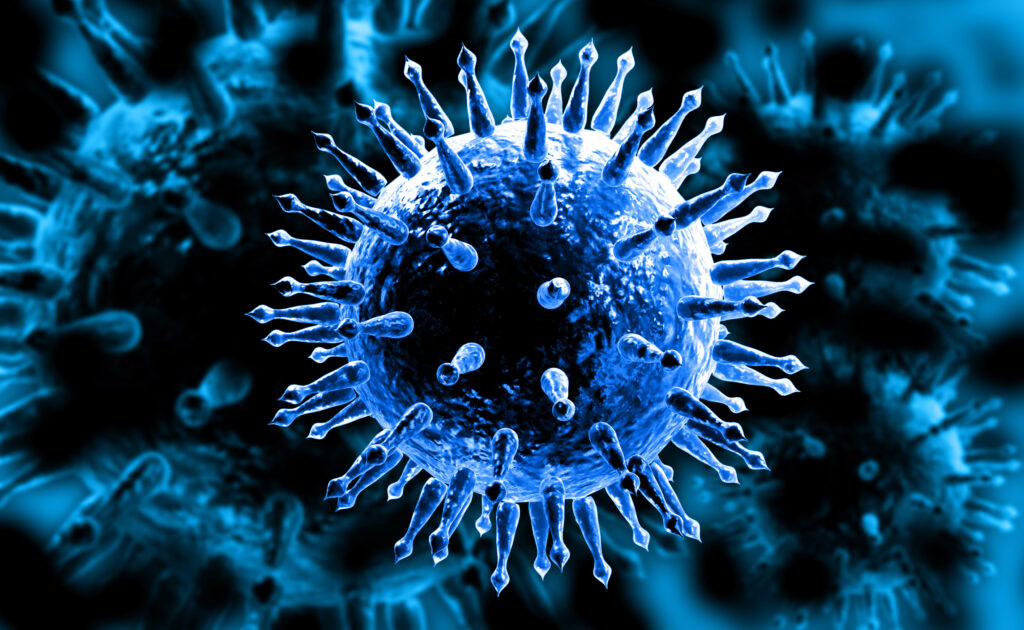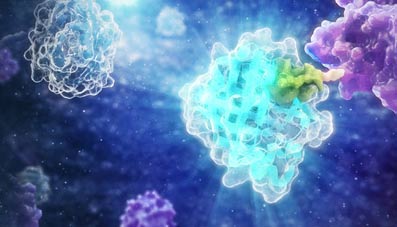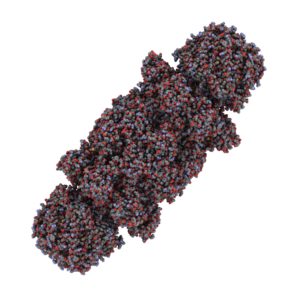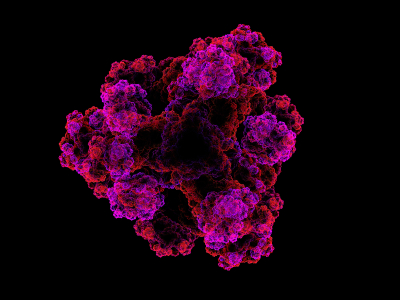Vaccine research and development is a major area of focus for life scientists across the globe. Clinical trials have shown that vaccines that target tumors show promise for cancer treatment. Additionally, the emergence of new zoonotic diseases has revealed a need to develop vaccines quickly as the world becomes more global and human populations interact more often with each other and wild habitats. Importantly, these vaccines need to be suitable for distribution in a variety of settings, including those that do not have easy access to refrigeration.

There are many ways to classify the different types of vaccines that are currently available. The National Institute of Allergy and Infectious Diseases in the United States, categorizes vaccines as: whole pathogen vaccines, subunit vaccines, and nucleic acid vaccines—based on how the antigen that stimulates the immune response is delivered to the host.
Whole-pathogen vaccines, which include many of vaccines used in clinical settings, use the entire pathogen (organism that causes the disease) that has been either weakened or killed to elicit a protective immune response. Killed vaccines are what their name implies: the pathogen has been killed so that it cannot cause disease, but enough of its structure remains to generate antibody response. Often, the immune response generated with killed vaccines is not as robust as that generated with other kinds of vaccines.
Weakened or attenuated vaccines use whole pathogens that have been weakened in the laboratory through long-term culture or other means. Our modern MMR (measles, mumps and rubella) vaccine is an example of an attenuated vaccine. These vaccines tend to generate strong, long-lasting immune responses, but have increased risk for immunocompromised individuals.
Engineering an Influenza A PROTAC Virus Vaccine
A recent paper by Si et al published in Nature Biotechnology describes a new type of live-attenuated whole pathogen vaccine: the PROTAC virus. PROTAC viruses are prevented from replicating by targeting critical viral proteins for degradation using the host cell protein degradation pathway. The vaccine is live-attenuated by the host cells that degrade critical proteins.
Continue reading “PROTAC Virus Vaccines: A New Approach to Vaccine Development”

 The ability to manipulate genes and proteins and observe the effects of specific changes is a foundational aspect of molecular biology. From the first site-directed mutagenesis systems to the development of knockout mice and RNA interference, technologies for making targeted changes to specific proteins to eliminate their expression or alter their function have made tremendous contributions to scientific discovery.
The ability to manipulate genes and proteins and observe the effects of specific changes is a foundational aspect of molecular biology. From the first site-directed mutagenesis systems to the development of knockout mice and RNA interference, technologies for making targeted changes to specific proteins to eliminate their expression or alter their function have made tremendous contributions to scientific discovery. 